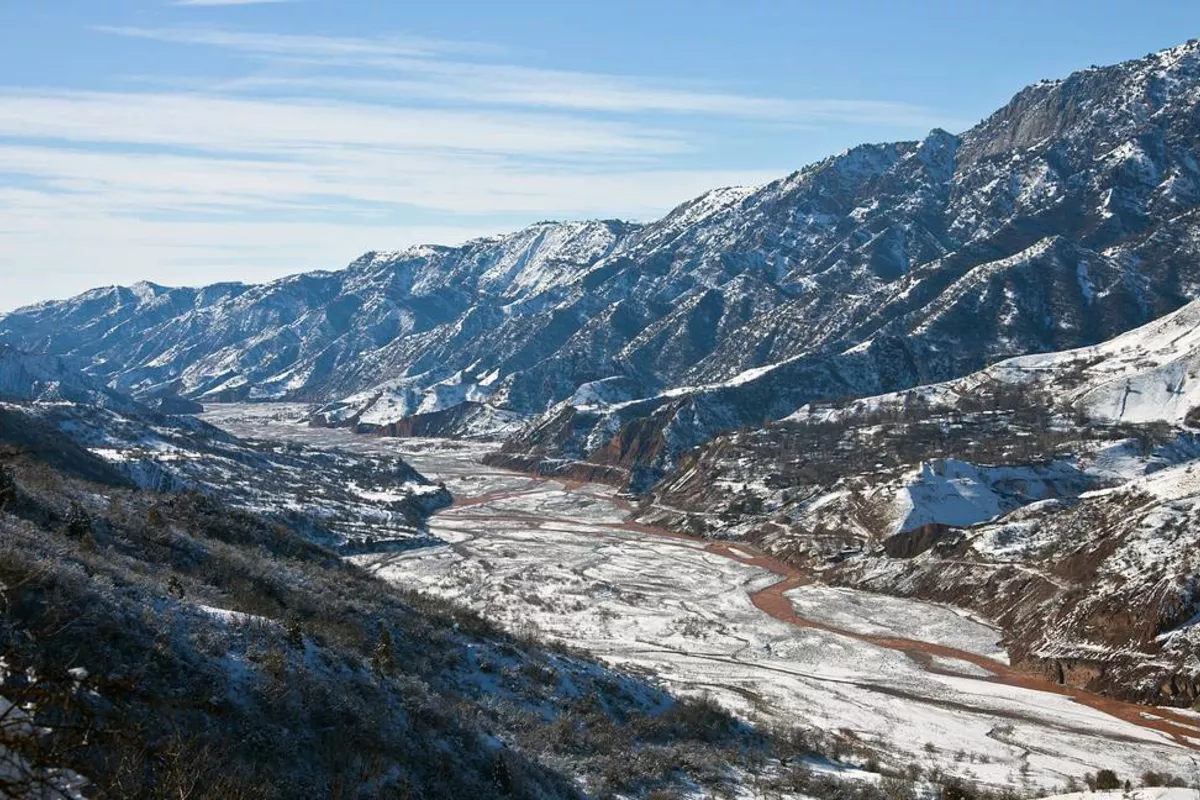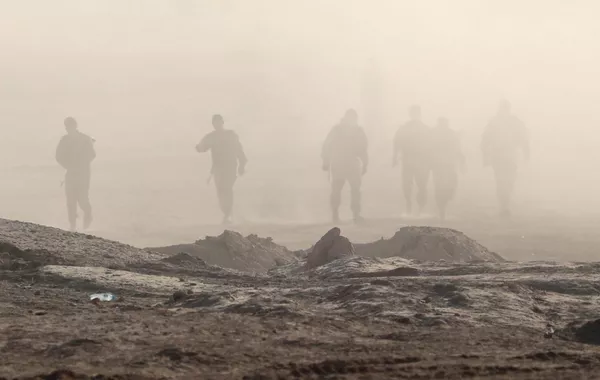
Photo: Shutterstock
A significant portion of the Didal Glacier in Tajikistan’s Tajikabad district has detached and slid more than five kilometers downslope, raising serious concerns about potential flooding and landslides, according to the Agency for Hydrometeorology of Tajikistan, The Caspian Post reports, citing TASS.
Experts from the agency’s Center for Glaciology confirmed that the glacier has continued to shift over the past three days, moving an additional 72 meters and remaining in an “unstable” state. A field expedition to the Surkhob River basin revealed that the detached ice mass measures between 1.3 and 1.5 kilometers in length, 170-200 meters in width, and 25-50 meters in height. Satellite imagery further confirmed the glacier’s ongoing movement and indicated significant displacement since the initial shift began in September.
The unusual shift is believed to be driven by high temperatures during the summer and autumn months, which have accelerated the glacier’s retreat. Experts also point to seismic activity as a potential contributing factor. On November 3, an earthquake struck the region, with tremors measured at four points in Dushanbe and up to seven points in northern Afghanistan, where the epicenter was located. Scientists speculate that the combination of warming temperatures and seismic shocks has made the glacier increasingly unpredictable.
Officials from the Hydrometeorology Agency have issued warnings that continued movement of the Didal Glacier could lead to the formation of dangerous glacial lakes, posing the risk of outburst floods. These events could endanger downstream settlements and critical infrastructure. Additionally, the unstable ice mass heightens the risk of secondary natural hazards, including landslides and mudflows. Monitoring teams are conducting regular field assessments to track the glacier’s movements.
The shift of the Didal Glacier has drawn attention to the broader issue of climate change and its effects on Tajikistan’s glaciers. The country is home to nearly 14,000 glaciers, which supply almost 60 percent of Central Asia’s water resources. However, approximately 1,300 of these glaciers have already melted, and the rate of glacial retreat is accelerating. Tajikistan’s mountainous terrain makes it highly vulnerable to such events.
Earlier this year, President Emomali Rahmon highlighted the growing threat posed by glacial lake outbursts, noting the potential to destroy villages, infrastructure, and cause loss of life. He cited climate change, air pollution, and dust deposits as significant factors driving the accelerated loss of glaciers.
A similar glacier detachment occurred on October 25, when a large section of the Ismoil Somoni Glacier broke away in the same district. Emergency services contained the situation, but authorities remain cautious, warning that further collapses and increased rainfall could heighten the danger.
Share on social media
